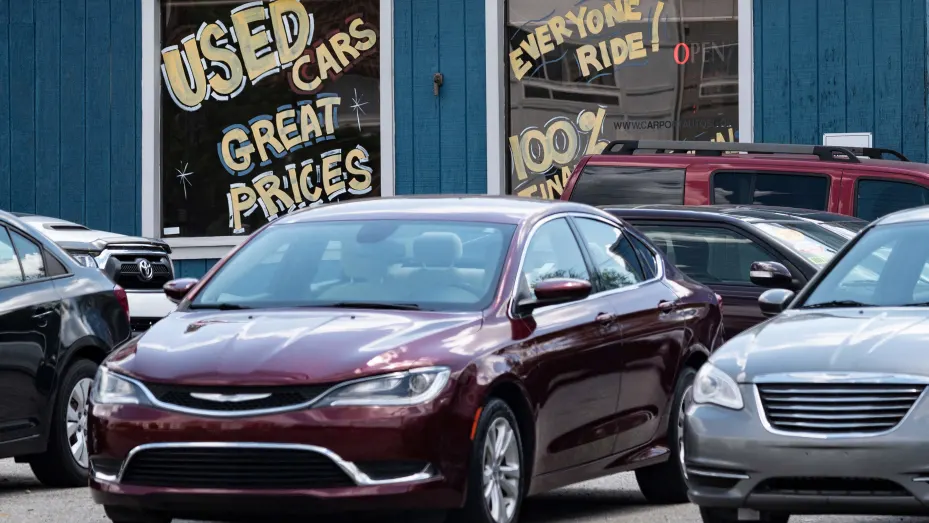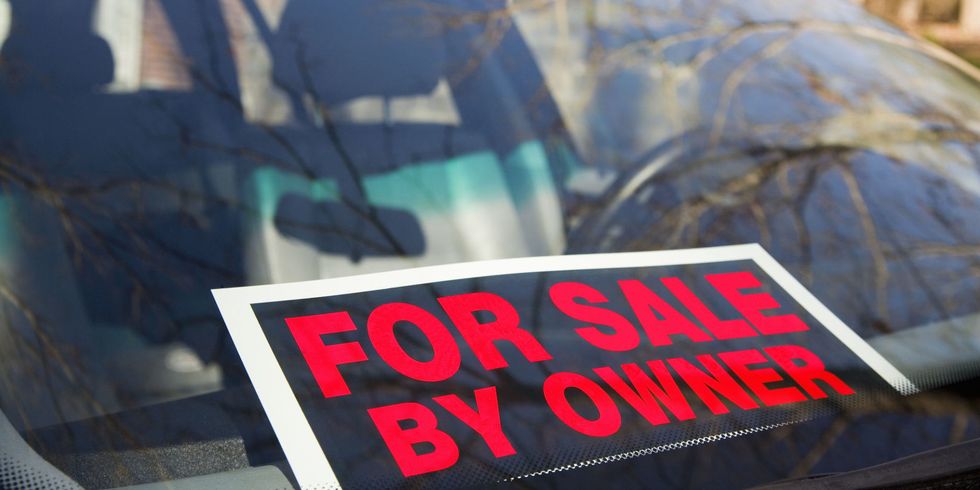Buying a used vehicle is an important investment, especially nowadays, as inflation is changing the rules for used cars, and prices continue to surge every year in the USA, Canada, and the UK.
In addition, when buying a used car, you may only consider obvious things like the vehicle’s condition and what you intend to use it for. However, there is one aspect that you should not miss: the car’s owner history.
Therefore, knowing the legal and mechanical background of the vehicle, you will acquire through a history report is a step that you should not skip for any reason.
These reports contain a wealth of data about a car’s damage history, actual mileage, maintenance records, and possible recalls.
This post will tell you about all the data you can obtain to buy your car in a safe and informed way and access all the information you need in a single and complete report.
The Importance Of Research
Research is paramount for important investments such as buying a house or a used car. Cars can have underlying issues, and if you don’t know how to identify them, they can cause you many problems.
Studying car owner’s history reports helps you buy a vehicle that provides years of reliable and safe transportation.
While these reports will not tell you that you’re looking at a lemon car outright, they can point in the right direction of unlocking a car’s past and find potential problems.
A vehicle history report (VHR) and vehicle identification number (VIN) check offer different levels of information that you can access depending on what you are willing to pay.
Knowing how to read and decipher these codes can help you make an informed decision before you buy a used car.

How Is A vehicle’s History Reported In The USA, Canada, And The UK?
Canada & USA
In most countries, looking up the information and history of a used vehicle is very similar. For example, in the United States and Canada, you can find vehicle history reports online, most as a paid service.
Still, there are also VIN check services you can access online for free. For instance, a VIN check provides basic information when you submit a vehicle’s 17-digit VIN, including:
- The year, make, and model
- Engine & drivetrain
- Assembly location of the car
Although a VIN check is more “basic” than a vehicle history report, it can be a useful, free tool to research a prospective vehicle and help you avoid unforeseen problems or even deception and fraud.
A vehicle history report, on the other hand, includes the same information as a VIN check along with additional data, including:
- Title status
- Accidents & claims
- Service records
- If the vehicle has recalls
- Odometer discrepancies
- Ownership changes and import records
A vehicle history report is much more comprehensive than a VIN check, but it can be expensive. Fortunately, most dealerships and online retailers include a free vehicle history report with every vehicle for transparency.
On the other hand, private sellers are less likely to offer a vehicle history report because of the extra cost.
Therefore, if you plan to buy from a private seller, you might have to pay to download the information yourself.
United Kingdom
Although all vehicles registered in the UK must have a unique, stamped vehicle identification number (VIN) and registration number, just like the US and Canada, the process to unlock a car’s past in the UK is slightly different.
If you’re looking to buy a used car in the UK, you must follow these steps to avoid buying a stolen or unsafe vehicle. First, you must ask the seller for the registration number, make and model, MOT test number, and a V5C registration certificate before you see the vehicle.
The MOT certificate corroborates a vehicle meets the minimum acceptable environmental and road safety standards required by law at the test time. However, it doesn’t mean that the car is roadworthy for the life of the certificate and isn’t a substitute for regular maintenance.
The V5C logbook (also known as the V5 form or document) records the vehicle’s Registered Keeper (or Keepers). Legally, that’s the person registering and taxing the car, not necessarily the owner. Typically, the owner and registered keeper will be the same, but sometimes they might differ.
Via: Car and Driver
VIN and VHR Tools In The USA, Canada, And The UK
As far as tools are concerned, we share the most useful for each country.
United States
VinPit
VinPit is an easy way to search for free the history of any car in the US before purchasing it using its VIN. In addition, you can find unreported damage, check for mileage accuracy, view documented photos, etc.
AutoCheck
AutoCheck offers free vehicle search through VIN or plate and different plans with a one-time fee depending on the level of information you need.
Carfax
Carfax helps you learn more about the prospective vehicle you’re considering. You can get photos and buying information, including expert reviews, features, specifications, and safety data.
Canada
Transport Canada
If you’re looking for basic information on a prospective vehicle, such as records of recalls, Transport Canada offers a free, easy to use database. This free tool can find any make, model, or year of any car recalled because of manufacturer defects.
VIN Verify
The Insurance Bureau of Canada offers a free tool to lookup VINs called VIN Verify. A quick look up in this tool can help you avoid buying a car with a washed title or branded title vehicle that has experienced an insurance incident resulting in a total loss.
Carfax
Carfax Canada (formerly known as CarProof) is Canada’s most well-known VHR service. This tool has access to one of the largest car history databases in North America.
United Kingdom
Reg Car Check
Reg Car Check is a free car check tool that gives you instant access to a full vehicle history to make an informed decision on any used car in the UK.
Vehicle Enquiry Service
The vehicle enquiry service offered by the UK government allows you to check if a vehicle is taxed and has an MOT by a lookup of its registration number (number plate)
DVLA
The UK’s Driver and Vehicle Licensing Agency (DVLA) allows you to check a vehicle’s information such as tax, Statutory Off Road Notification (SORN) status, and expiry dates on the DVLA’s database. You’ll need the vehicle’s registration number (number plate).
Via: Popular Mechanics
What To Look For
First, check how many owners of the vehicle had and what uses they gave it. You can also research if the car belonged to a public or private transport fleet and its mileage. This information will tell you a lot about the level of wear and tear that the vehicle may have.
If the car has had several owners, it will be helpful to find the reasons behind it to avoid underlying mechanical or legal issues.
On the other hand, if the car has only had one owner for many years, it is a good sign since, in most cases, it shows the care that the vehicle received and is less likely to have mechanical problems that require repairs.
Another crucial aspect is the traffic tickets, which can become a snowball with the surcharges for late payments that you will have to cover after buying the vehicle.
If you don’t pay these tickets right away, you may live with them for a while, but when the time comes to renew your driver’s license, you won’t be able to do so until you get up to date with any outstanding charges.
Also, if your vehicle does not have its registration up to date, your local traffic law enforcement can take away your car until you cover all the charges and surcharges resulting from this.
Along with the information we have detailed above, you should also look for records of mechanical inspections. A mechanical inspection provides a clearer picture of the condition of the car and the care it got from its previous owner.
And finally, check if the car is up to date with its insurance payments or if the car’s insurance policy has expired.
The used car market is more alive than ever. That is why buying a vehicle today makes it more evident the need to know all the car’s background.
Fortunately, many free and paid online tools make it easy to research a car you’re interested in, make an informed decision, and minimize the risk of a bad buying experience.






